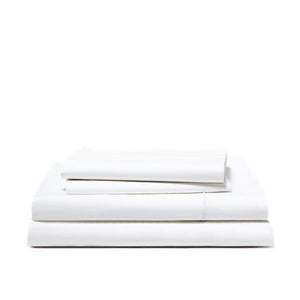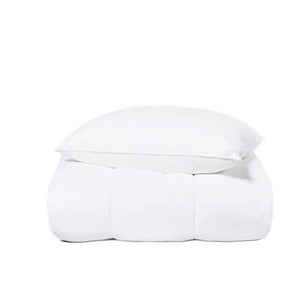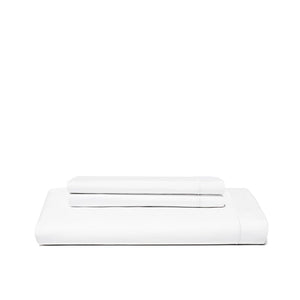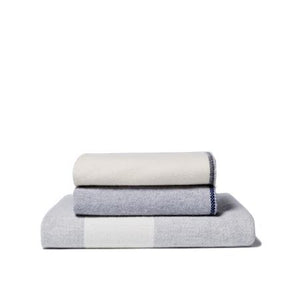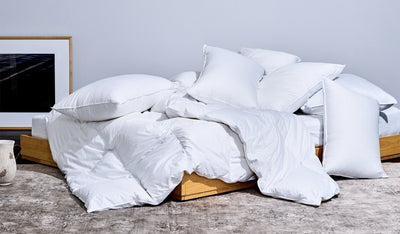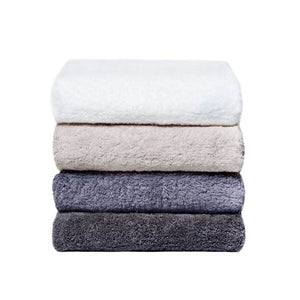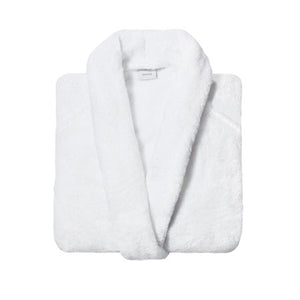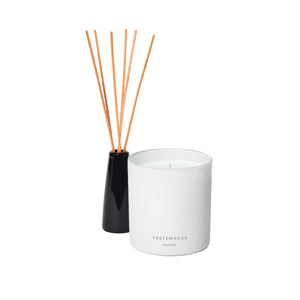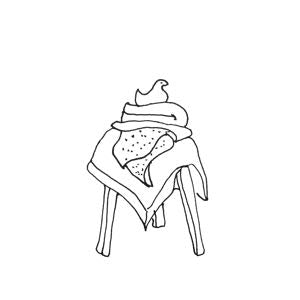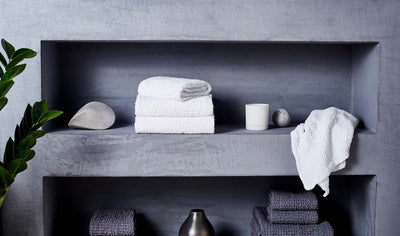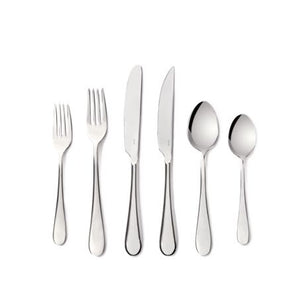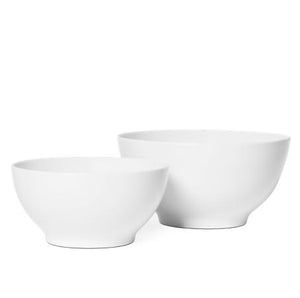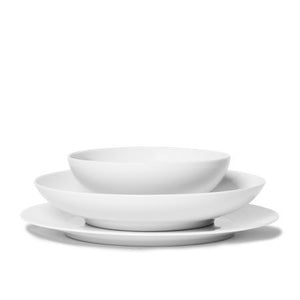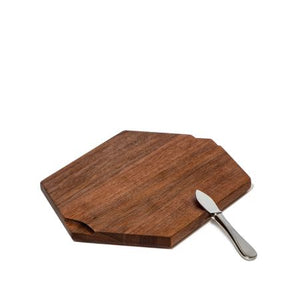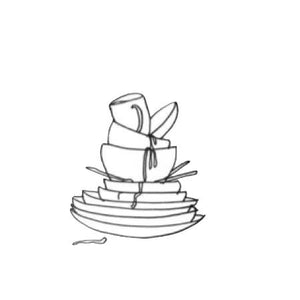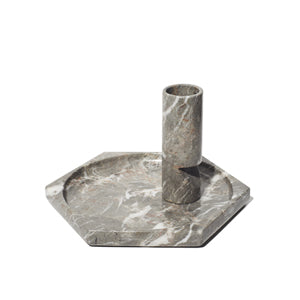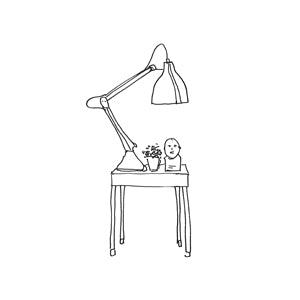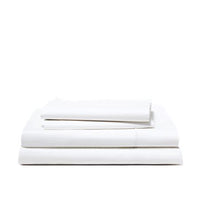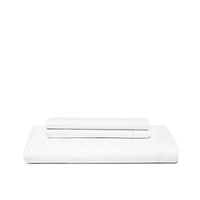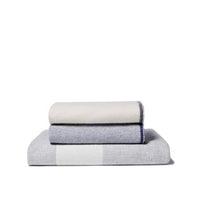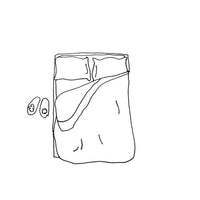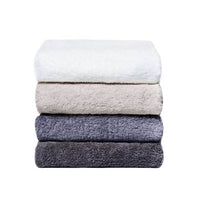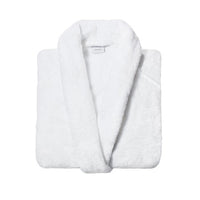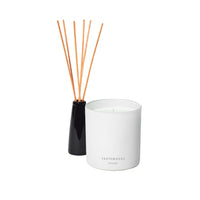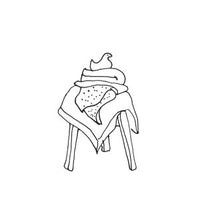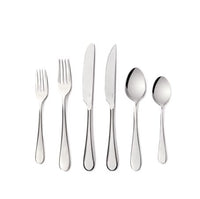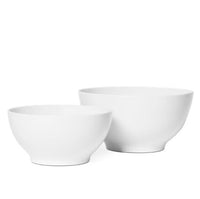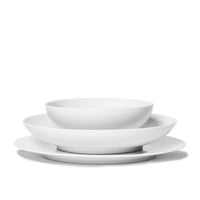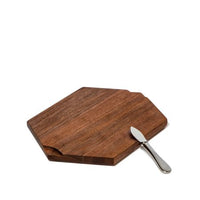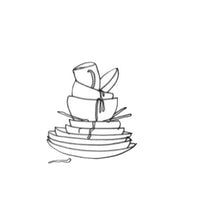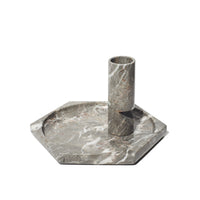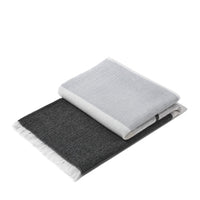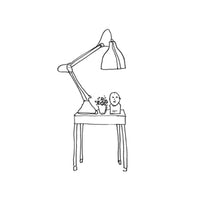
You need a breather at the end of a long day; so why shouldn’t your wine? But while it’s easy enough for you to launch onto the sofa and relax, it’s a little more complex to figure out how and why wine goes through a similar “ahhh” process – aka, decanting.
...
So, we called Belinda Chang, one of the most knowledgeable and bad-ass women in the wine world (she has the James Beard award to prove it – she’s one of only three women to ever win an Outstanding Wine Service award and is on a mission to win the second one.)
She’s spent over 20 years in the wine industry, working in top cities, with top chefs, and restaurateurs, and currently serves as the wine and service director – and managing partner – of Chicago’s incredible Maple + Ash Restaurant – a 13,000 square-foot wonderland where they bring you a cocktail and snacks the minute you sit down – not to mention, offer up a menu of the most tantalizing steaks you’ve ever dreamed of.
If that all sounds wildly fancy, be aware: Belinda is the type of person you don’t just want choosing your wine, you want to be drinking with her. Whip-smart, down-to-earth, and tremendous fun to chat with, she kindly broke down the decanting process and shared some restaurant-world secrets that will up your hosting game dramatically.

Starting With: Why Decant At All?
You know when you order wine with dinner, take your first sip and think “ugh,” but by the time dessert comes, you’re loving it? “It’s not because you’re drunk,” says Belinda. “It’s because it needed some time to open up.” Here, she shares the main reasons to pull out the decanter.
-To take the wine off the sediment, meaning any solids naturally leftover from the winemaking process. “Because nobody wants anything crunchy in their glass.” Here, here.
-To aerate and oxygenate the wine. “Something like a 1982 Bordeaux; that’s been stuffed into a bottle and pretty oxygen-starved for many years. Letting it breathe is going to really accentuate the appreciation of the wine.”
-To get it to room temperature. “If it’s been stored properly at 55 degrees, you’re going to want to get it to the temperature for optimum enjoyment, say 65 degrees for most reds.
-To improve more “approachable” wines. Worried that your $10 bottle isn’t “nice” enough to decant? Wrong. “A beautiful decanter will make that young Cabernet/Merlot/Shiraz taste better – not only because it will look better, but it will give it a bit of air,” says Belinda. Plus, there’s an additional benefit. “You can hide the bottle so no one has any idea how much you spent.” Brilliant.
-Because it looks amazing. “A decanter of wine looks great in a dining room. The bottle glug-glug-glugging into a beautiful decanter like one from SNOWE – the whole thing is very elegant and sexy.”
When Not To Decant
First off, Belinda was emphatic that at work, when guests ask to decant a bottle, she does it. It’s their choice, and she respects it. (We think this rule stands at home as well – no guest wants a wine lecture when they kindly bring a bottle and suggest decanting.)
That said: Belinda prefers not to decant Pinot Noirs. “The sexy part of it is the aroma and the bouquet – I’d rather pour it straight from the bottle into a glass I can put my nose in and inhale all the good stuff.”
Unsure what to do with whatever bottle you have at hand? “Taste it first. If it’s already delicious, no need.” Or, go ahead and decant minutes before the meal, which won’t make a real difference.

How To Decant
There are two things to keep in mind here, practicality and style.
Practically, if you’re decanting because of sediment, you want to pour slowly and carefully, as not to dislodge it. Want to get extra fancy? Light a candle and place it under the neck of the bottle. “That’s how sommeliers do it in Michelin-starred restaurants,” Belinda tells us. And yes, we’re now inspired to impress guests with this knowledge and more – plus, our Speak Easy candle just got a new job.
You’ll also want to make sure to never let the bottle touch the decanter – a sanitary precaution, but also the basis of one of the more stylized things you can do.
“When you can pour the wine from up high, so guests can watch a beautiful stream of wine flow in – that really impresses people,” says Belinda, who recommends practicing at home with a pitcher or carafe of water, trying from farther and farther away each time.
How To Clean Your Decanter
Hold on before you pump in the dish soap! “Soap is not always necessary when cleaning a decanter,” Belinda tells us, noting how soap can add unwanted aromas and flavors. “Just rinse right away with hot water and your decanter will be ready for the next bottle.”
Now, if you do forget the hot water rinse and wake up the next morning to circles of red settled into the crystal, don’t fret. While those marks are tough to beat, it’s not impossible. Belinda recommends stocking up on food-safe and odor-free powder cleanser – the type you’ll find in the store labeled for cleaning espresso machines. You can use that to soak your decanter overnight and wake up with it shiny and new.

And What To Look For In A Decanter
“There are catalogs out there boasting ‘the ultimate decanter’ in wild shapes,” says Belinda. “But the truth is what really matters is buying from a reputable place and making sure the glass is completely clear so you can appreciate the color of the wine – which is part of truly appreciating wine.”
That said… “Clean lines are important, and will stand the test of time,” says Belinda (and yes, we’re patting ourselves on the back here that this wine wonder is referring to the sleek and elegant lines of our very own decanter). “I’ve had my fair share of ‘cleverly’ designed decanters, and they all end up pouring that last splash of wine onto the table, or a friend’s white Versace suit.”
(No matter your level of wine knowledge, you know you don’t want to spill on a white Versace suit.)
So take a page from Belinda’s book, and get ready to impress your friends with your pour and your choices (and never your poor choices when it comes to selecting a decanter). We’ll be practicing our tall pour tonight, and toasting to her when we get it right.
